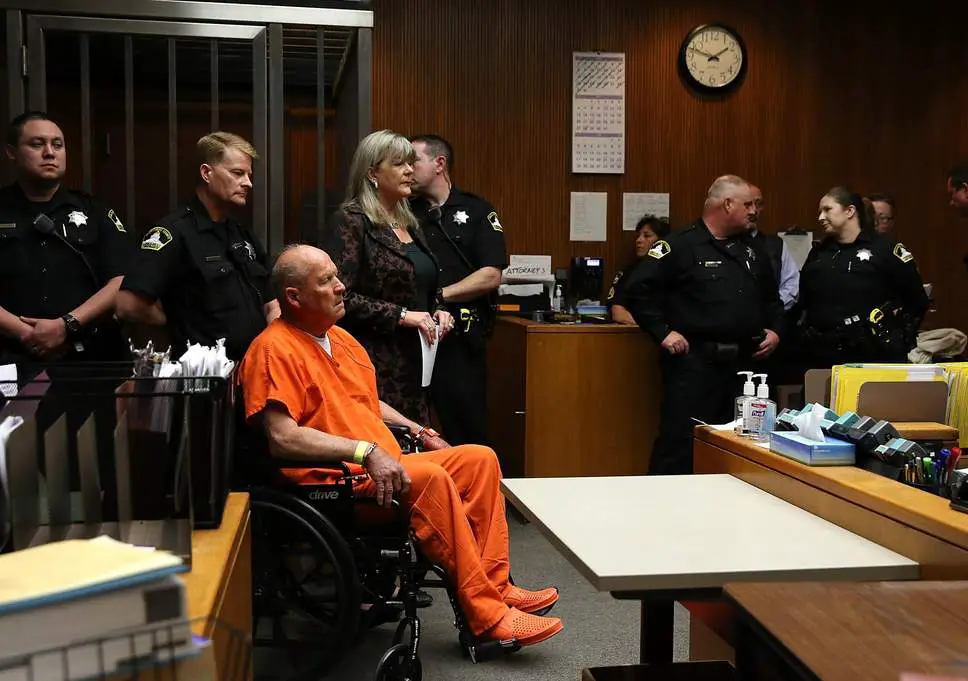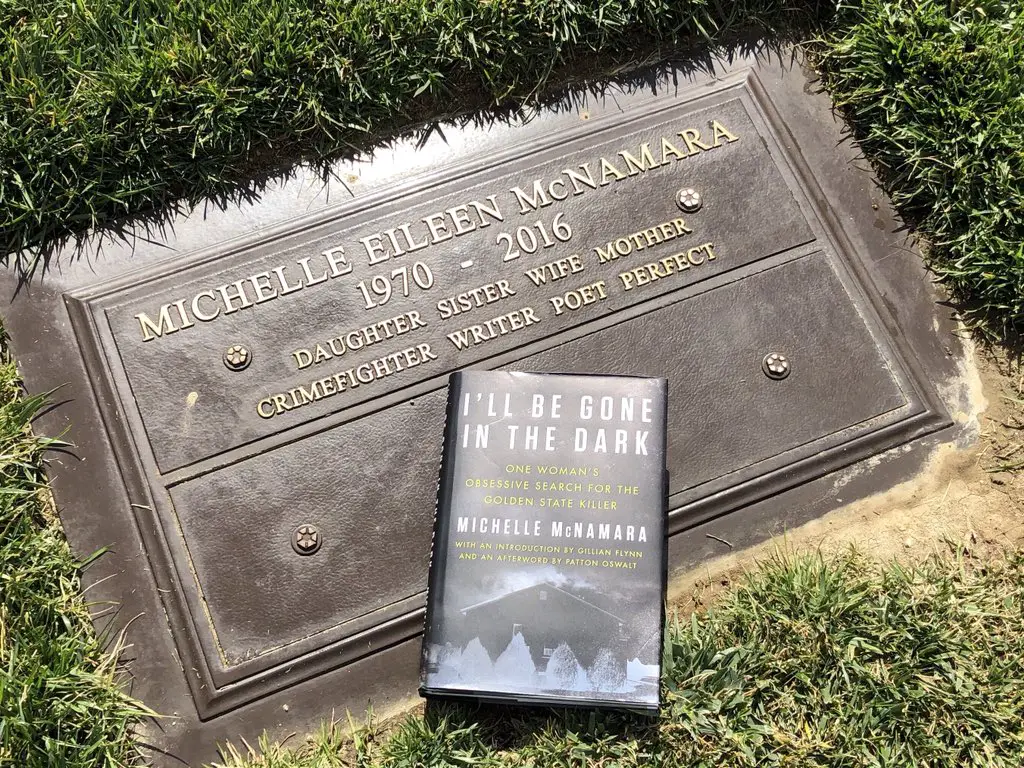Books about true crime remind readers that there are monsters in this world. There are (usually, let’s be real) men who hope to perform perfect crimes, who terrorize whole cities without a trace.
“I’ll Be Gone in the Dark” is a memoir that does just that, except it also reminds the reader that sometimes, thinking about the monsters in the world can make the world a nightmare. It can make your mind overactive, and your imagination go into overdrive whenever you hear a trash can scraping outside.
Michelle McNamara wrote this book as both the story of the notorious Golden State Killer and the memoir of how her search for him affected her life. She searches through cold case files and returns to the scenes of the crime. She also is painfully aware of how her obsession is spiraling in her life.
It comes as a shock at the open of the book, in Gillian Flynn’s introduction, that the author of the book has never read it. She never knew that it went to print, never even saw much of her research get gathered together, because she passed away about halfway through the writing of that same book. Two other men formed the story that is on bookstore and library shelves from the pieces of a ghost.
This memoir aspect sets the story apart from others in the true crime genre. In many books in the genre, the fervor of investigation and the author’s research is clear, but the reader never gets an insight into their mind. They never get to know whether the author has restless, fearful nights the way that the reader inevitably does.
In a way, the story isn’t even about the Golden State Killer. He is not the most important character because he acts as the antagonist in a story with a large cast of protagonists: the people who have spent years trying to take him down.
He is a nameless perpetrator that McNamara describes to the reader with terrifying prose, but she doesn’t focus on macabre details. Yet, to the reader, it’s clear that she herself knows every single one.
Rather, this is the type of true crime that reflects on the modern world, that doesn’t attempt to separate the artistic from the human. McNamara uses the Golden State Killer (or, as the public now knows him, Joseph James DeAngelo) as a way to talk about the pain of the historical era during which he operated, but also as way to talk about her own fears when she is in the dark.

There is a scene in the memoir section of the book where McNamara tells the story of when her husband tried to move quietly into their room to avoid waking her up. Hearing him, she panicked and threw a lamp at the man who in the moment seemed to be an intruder.
This moment exemplifies the rawness of the story behind the story: Once McNamara knew that being aware that the EAR/ONS (another name for the killer) was breaking into a victim’s house was not enough to save those victims, her paranoia rose.
Readers can view “I’ll Be Gone” as both a success story and a tragedy. Law enforcement caught the killer, and he finally “walk[ed] into the light.”
But McNamara never got to see that moment. She was taking Xanax, Adderall and Fentanyl when she died with an undiagnosed heart problem. She was 46. This is never featured in the book, and no one but her knew that she was taking the drugs.
One could say she died searching for the man who could disappear into the dark.

















